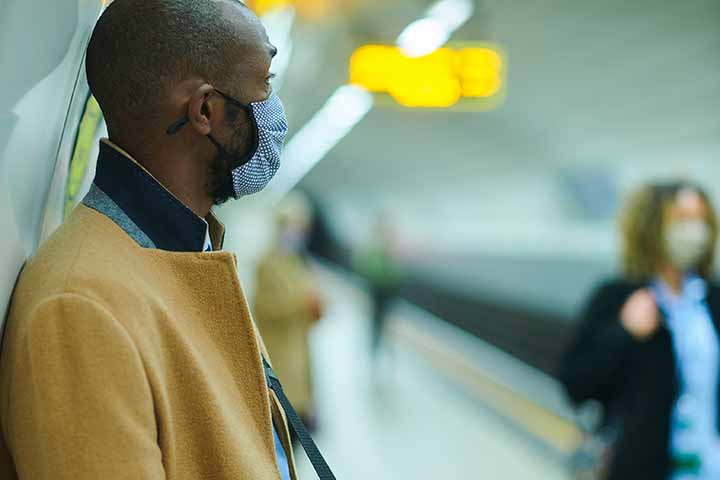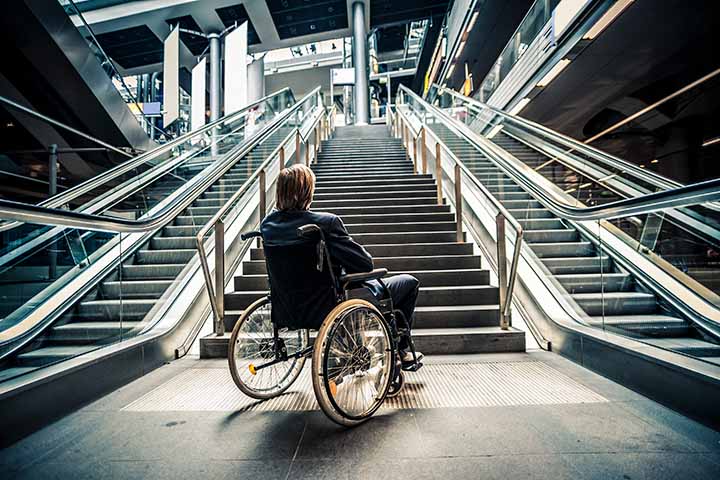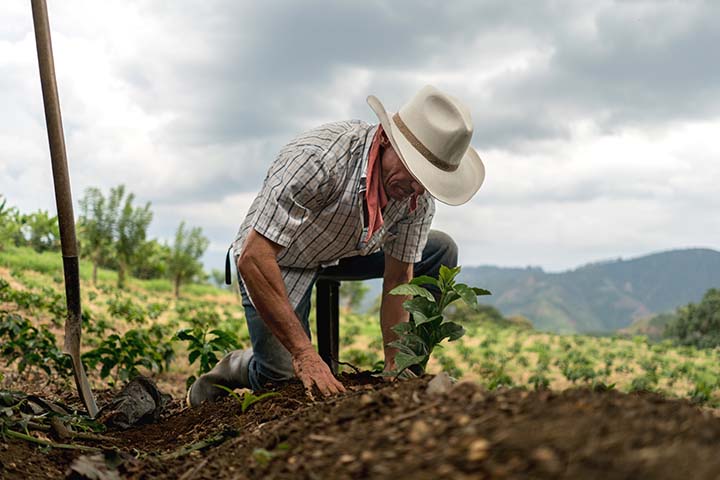Roadblocks to Transportation Access
Disparities in Mobility Equity Affect Millions of Americans’ Quality of Life




Mobility challenges impact individuals and communities across races, ethnicities, languages, income levels, physical abilities, ages, education levels, genders, gender identities, sexual orientations, geography, and cultures.
Mobility equity issues affect a large number of Americans from many different backgrounds. Underserved populations include people of varying races, ethnicities, languages, income levels, physical abilities, ages, education levels, genders, gender identities, sexual orientations, geography, and cultures. These characteristics can intersect in context-specific ways to exclude some populations from the benefits of transportation.
"This is nothing new. A history of segregation by race and income, combined with the country's car culture, have erected enduring barriers to equitable and sustainable transportation," NREL Sustainable Mobility Researcher Alāna Wilson said. "NREL is working to tear down these longstanding obstacles."
For decades, the discriminatory practices resulted in fewer and less-safe transportation options for underserved populations in urban neighborhoods. Remote rural communities face challenges related to geographic barriers, income, and lack of infrastructure. While the underlying conditions might differ, wherever mobility inequity surfaces, it diminishes peoples' abilities to thrive and to pursue livelihoods.
Barriers to Prosperity
This constellation of transportation issues can pose major hardships in conducting activities necessary for daily life, along with nearly impossible obstacles to climbing the economic ladder. On average, American households spend nearly 16% of their income on transportation, which can be a significant burden for low-income households.
Less likely than the general population to own a vehicle, individuals in these groups contend with unreliable transit schedules that can increase daily commutes by hours. In some cities, it takes Black workers 25% more time to reach jobsites than it does for the typical white resident. Plus, many higher-paying positions are based beyond the reach of public transit.
Health and Safety Hazards
The dominance of automobile travel continues to skew transportation system planning today, exacerbating pollution, congestion, and health issues, along with income and racial disparities. Petroleum-fueled vehicles produce harmful emissions, which disproportionally affect communities of color and lower-income populations.
Air quality studies show that Blacks, Latinos, Asians, and other people of color are exposed to significantly greater concentrations of air pollution than white Americans. Criteria pollutants found in vehicle exhaust can trigger and exacerbate health problems such as asthma and heart conditions and cut years off the life expectancy of older individuals.
People with disabilities need more than nearby transit. These individuals require vehicles and routes to transit stops that meet Americans with Disabilities Act (ADA) requirements with features such as kneeling buses, curb ramps, elevators to station platforms, and enhanced signals and communications devices for information and safety.
Reliance on public transit usually requires walking or biking a distance to get to the ultimate destination. The more than 7,000 pedestrians and cyclists killed by motor vehicles in crashes each year are disproportionately likely to be lower income, people of color, or older adults.
Issues Extending Beyond the City Limits
Mobility equity issues extend well beyond city limits. About 60 million Americans live in small towns and farm communities with few nearby employment opportunities and large aging populations. In these rural areas it can take hours to drive to a job, hospital, or other critical destinations, and public transit is not an option.
Both urban and rural dwellers often lack the smartphone technology needed to access today's transportation networks, due to limited income or poor internet connections. Low-income individuals also are less likely to have credit cards required to pay when using transportation apps.
Researchers from the U.S. Department of Energy's National Renewable Energy Laboratory (NREL) are working with partners in underserved communities to break down these mobility barriers and expand the benefits of energy-efficient transportation solutions.
Read more about NREL's efforts to improve mobility equity, as well as NREL's sustainable transportation and mobility research and energy justice efforts.

